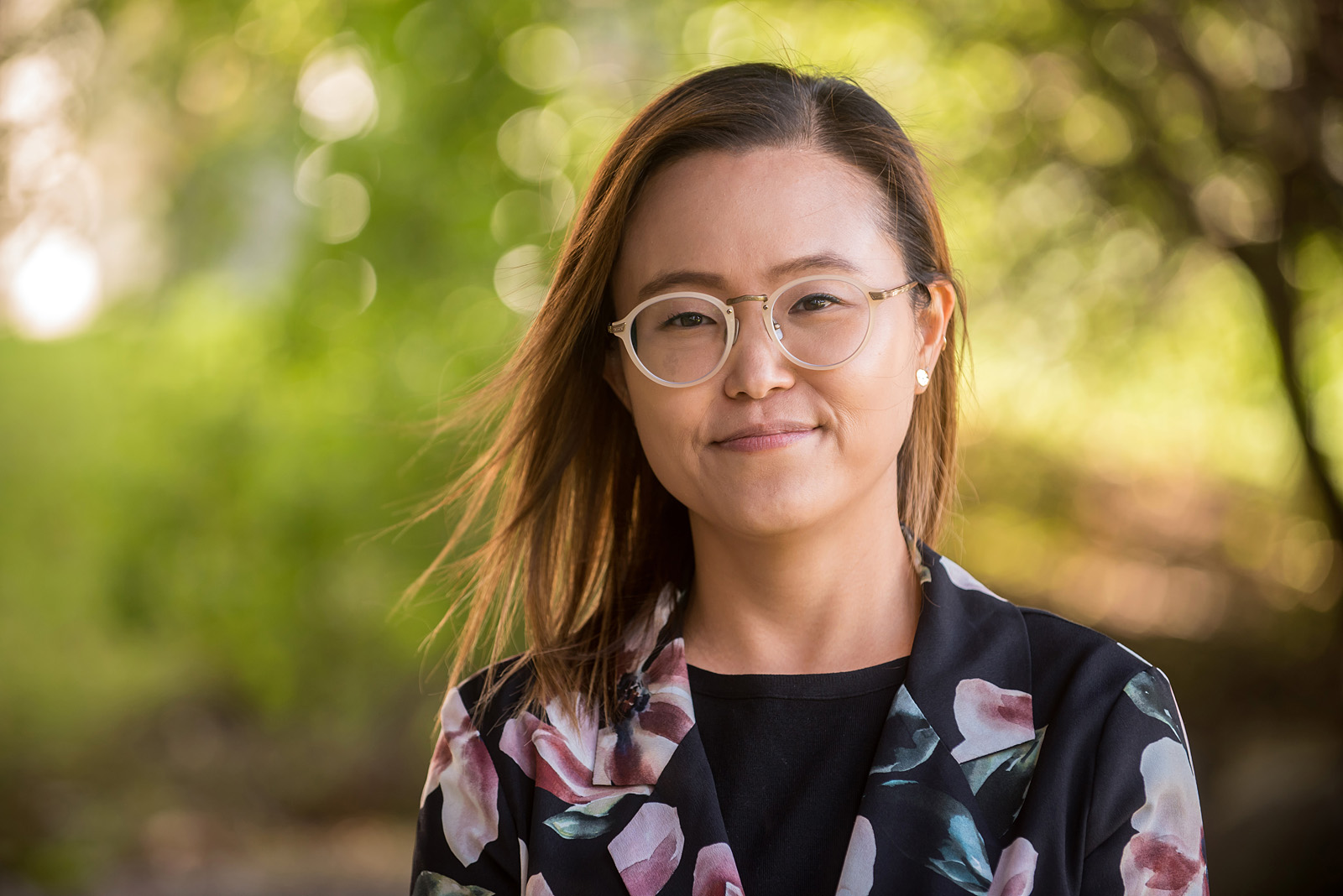 Not sure how to handle social media in your classroom? Find out from Dr. Claire Ahn, Assistant Professor of Multiliteracies at Queen’s Faculty of Education. Chris and Claire discuss three big questions with lots of ideas for the best way to integrate conversations into your classroom sprinkled throughout the podcast:
Not sure how to handle social media in your classroom? Find out from Dr. Claire Ahn, Assistant Professor of Multiliteracies at Queen’s Faculty of Education. Chris and Claire discuss three big questions with lots of ideas for the best way to integrate conversations into your classroom sprinkled throughout the podcast:
- Why is it important that teachers help equip our students with tools and skills to critically navigate social media?
- How can teachers facilitate this learning and what tools and research are available?
- At what age or grade should we start introducing digital literacy?
Intro Music by: Trevor Strong – https://www.trevorstrong.org/
Episode 24 Transcript (PDF 250 KB)
Resources
- Components of critical digital literacy.
- MediaSmarts: Canada’s Centre for Digital and Media Literacy
- Learning for Justice: American perspectives, great resources on media/digital literacy in general (e.g., digital citizenship, etc.) and others such as one titled “Digital activism remixed: Hashtags for voice, visibility, and visions of social justice.”
- Facing our History (Canada): Many great resources by just searching ‘digital literacy’ such as “News Literacy in a Digital Age” or “Teaching Current Events in your Classroom.”
- TedTALK, Baratunde Thurston “How to deconstruct racism, one headline at a time.”
- FOOKNCONVERSATION: Nicholas Ng-Fook (University of Ottawa) with William Pinar (UBC) (opening of the podcast they speak about technology, and the rest of the podcast is specifically focused on curriculum theory).
- Manipulation of media, or deceptive media, has existed since the introduction of media. Check out Museum of Hoaxes for many many examples.
Going a bit deeper:
- In considering ‘deceptive media’ what strategies might be useful beyond checking secondary sources, reliability, etc? Looking at genre and its patterns, and how the media manipulates these familiar genres to share ‘fake news.’
- The Conversation “How analyzing patterns helps students spot deceptive media”
- As much of the information we receive is visual, how do we develop students (critical) visual literacy skills? What are the implications of the combination of text and images?
- School of Rubric Navigating and infodemic: Questions, considerations, and critical digital (visual) literacy education.
- An engaging way to develop students’ visual literacy skills is to introduce a thorough unit on film analysis, focusing on the cinematic techniques.
- Facing our History Engaging students in film analysis in ELA classrooms (and online!!)